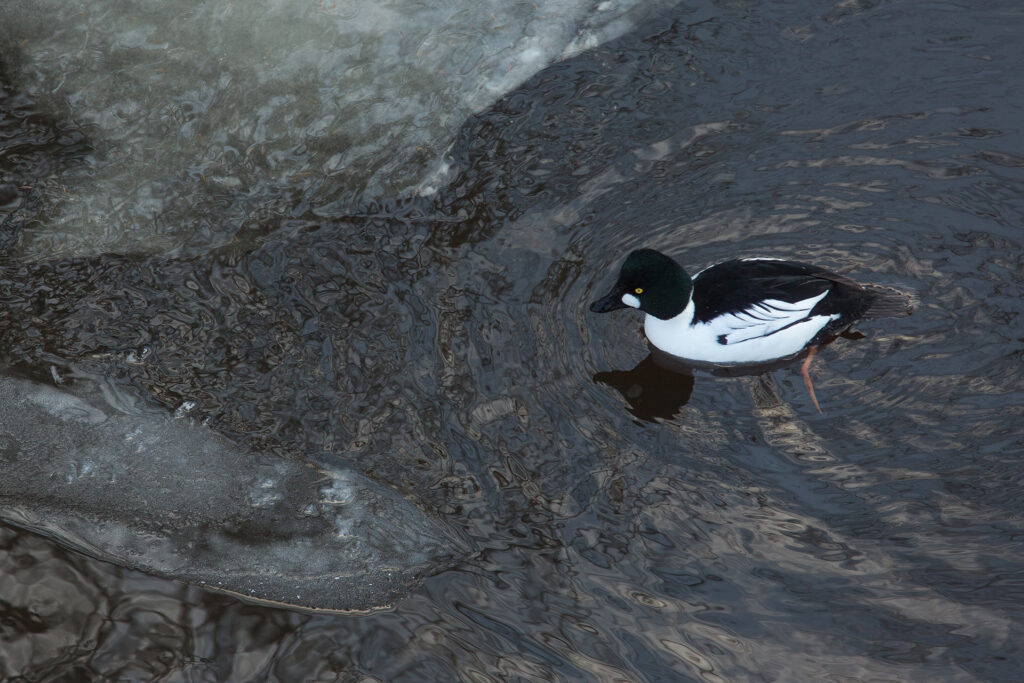
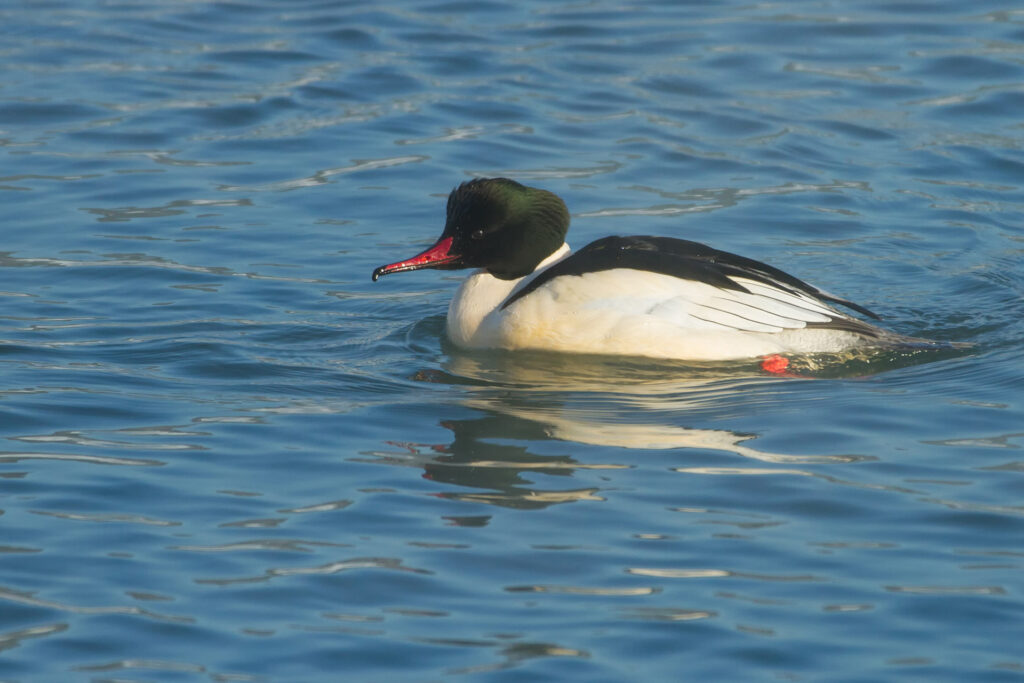
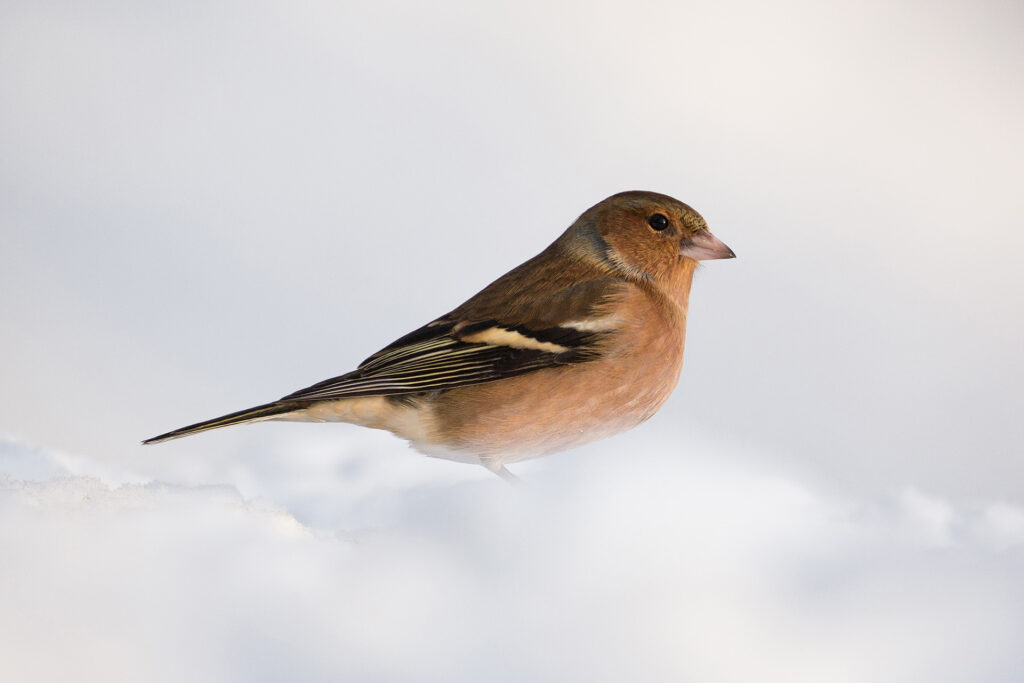
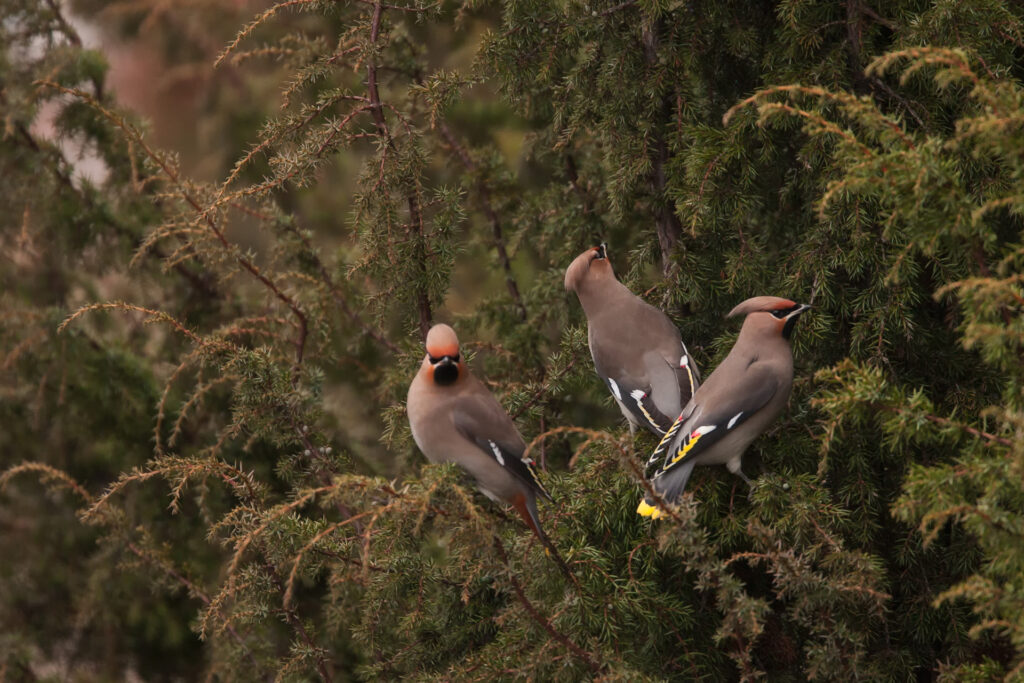
As long as the sea remains unfrozen, the waters off the shores of Ruissalo are frequented by mute swans, common goldeneyes, goosanders and other waterfowl. The list is only further expanded by occasionally overwintering species, such as the chaffinch, and roaming winter flocks of, for example, waxwings, which visit the island especially when the berry harvest is good.
Ruissalo is used as a wintering site by an exceptionally large variety of bird species, and the numbers of certain species can rise very high in winter. The reasons behind this abundance of winter birds include the island’s southern location, diverse habitats, the closeness of the sea and myriad feeding spots. Winter bird censuses have been carried out on Ruissalo since the 1950s. Thanks to the long time series produced by the regular censuses and active bird-watching, the island’s winter birds are very well-known.
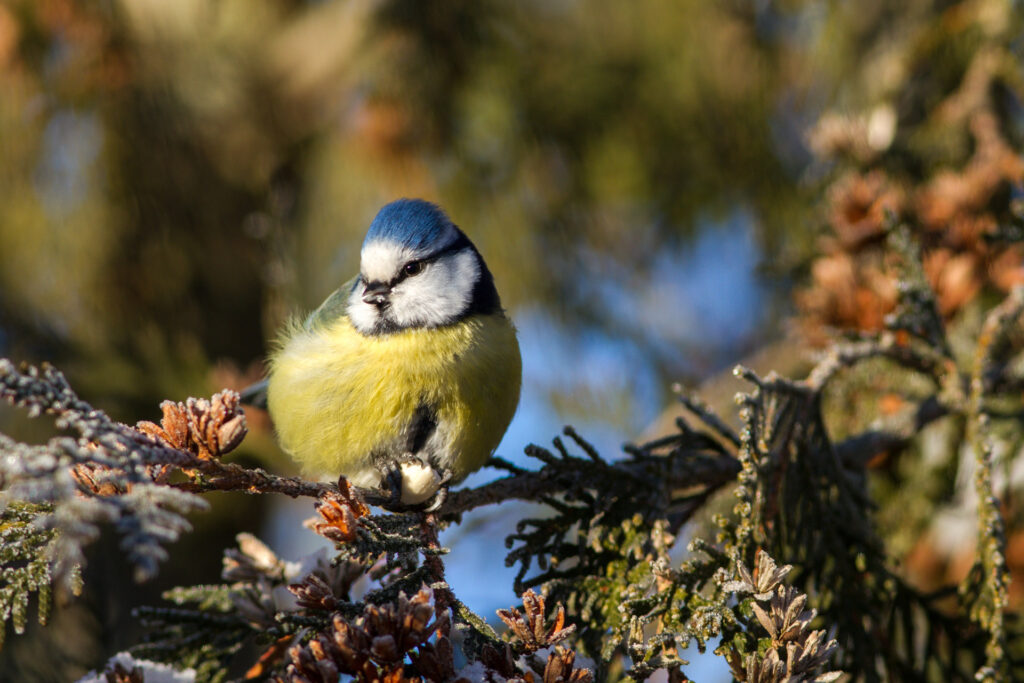
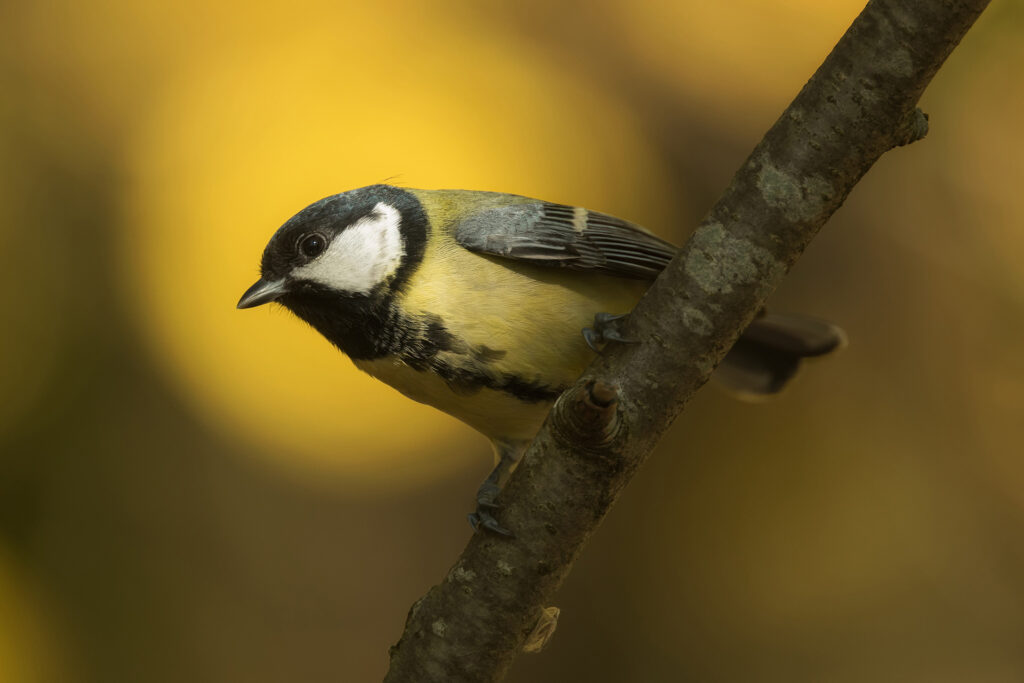
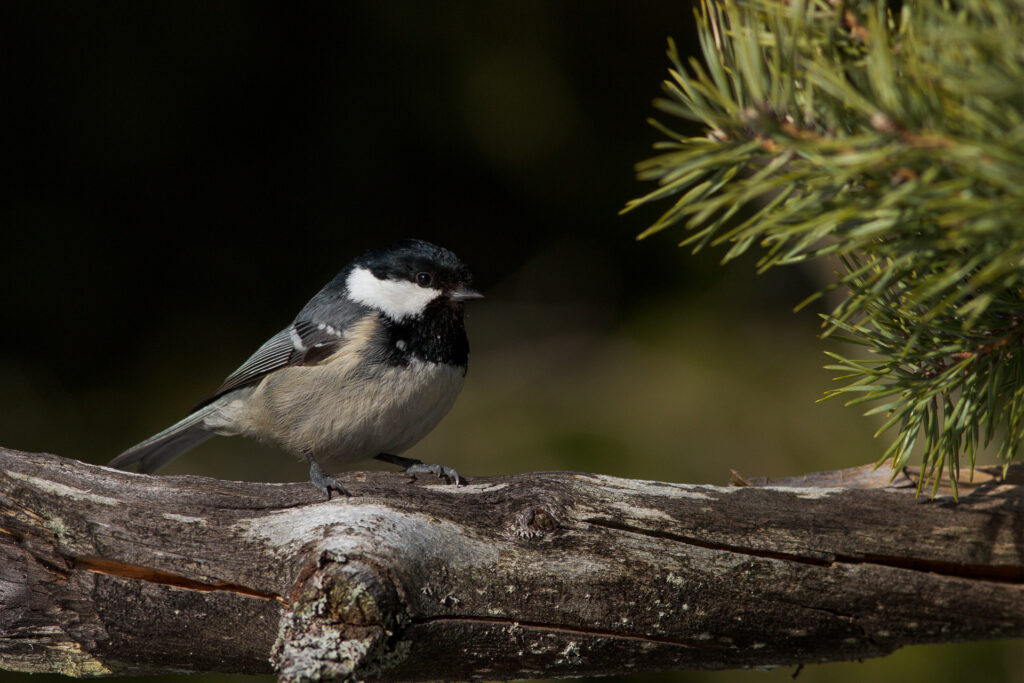
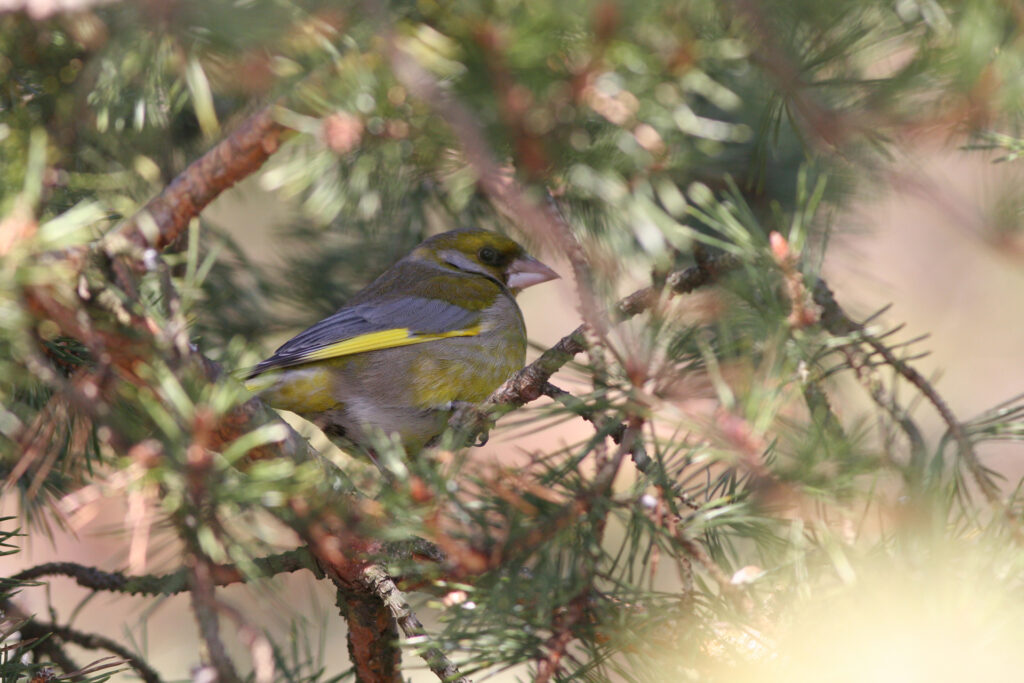
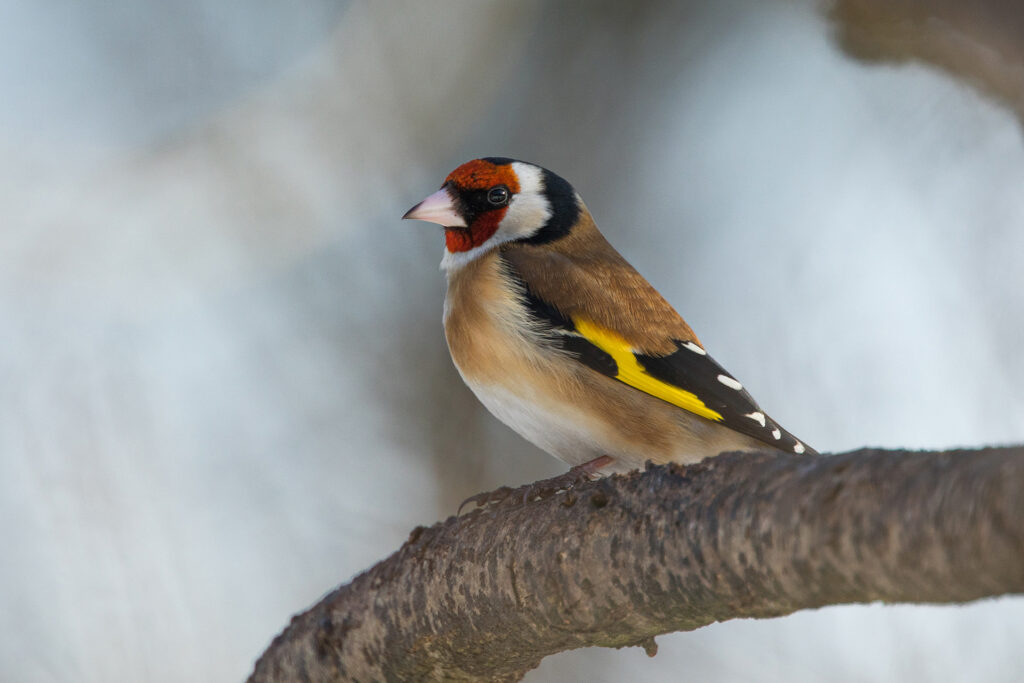
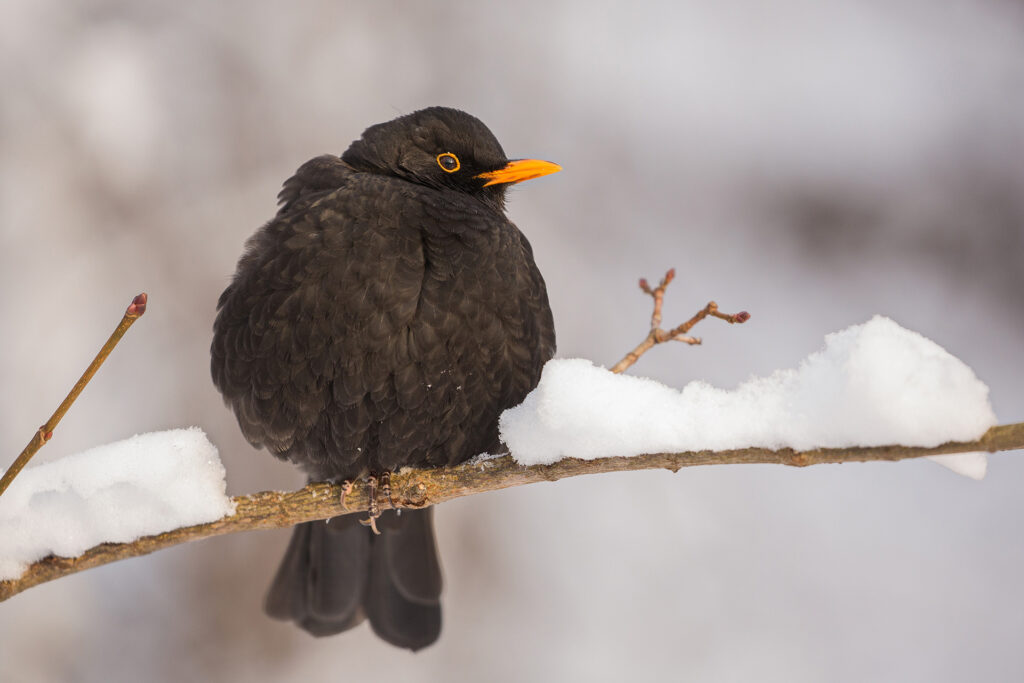
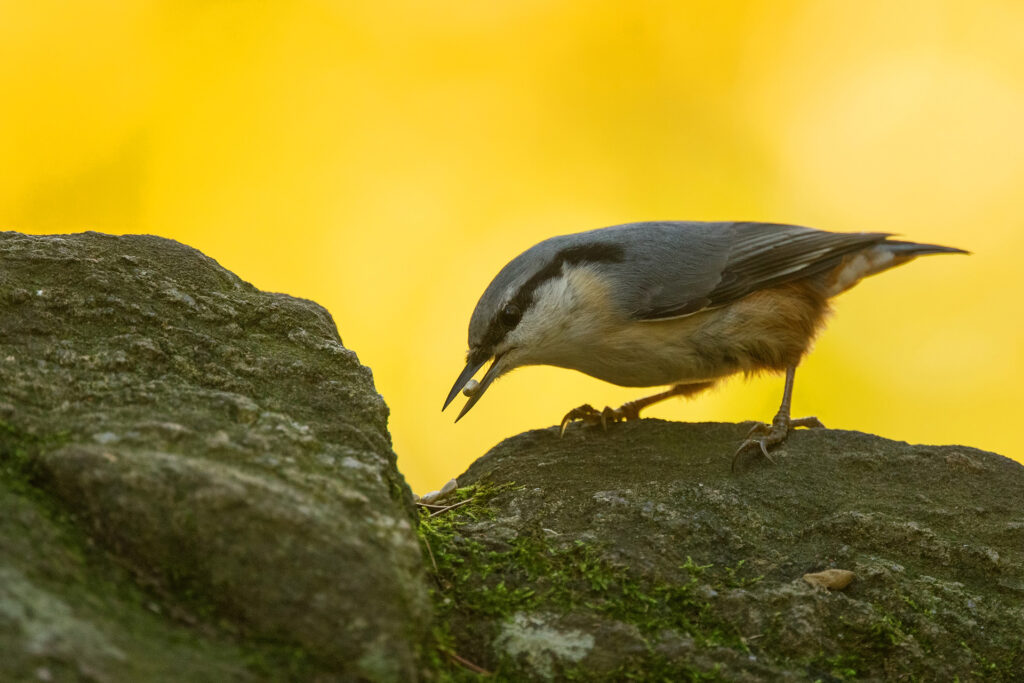
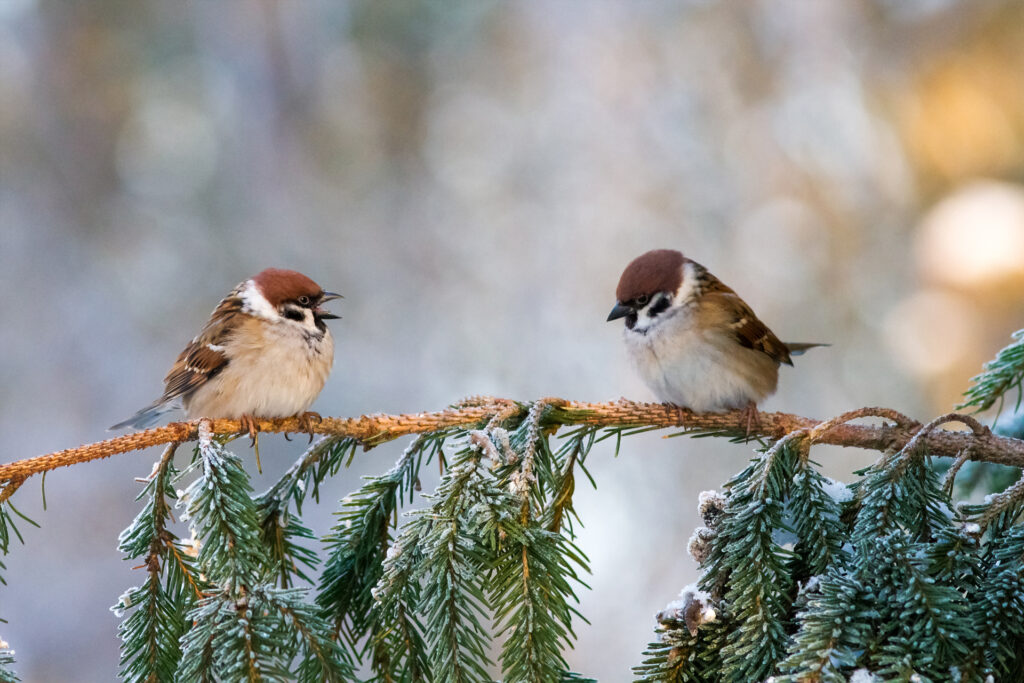
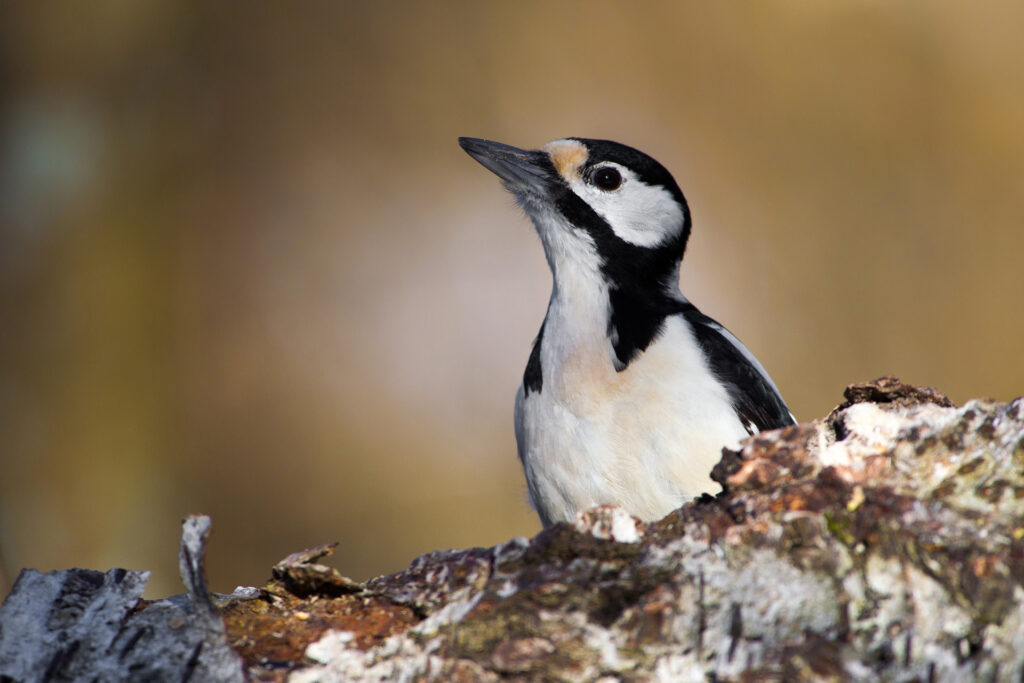
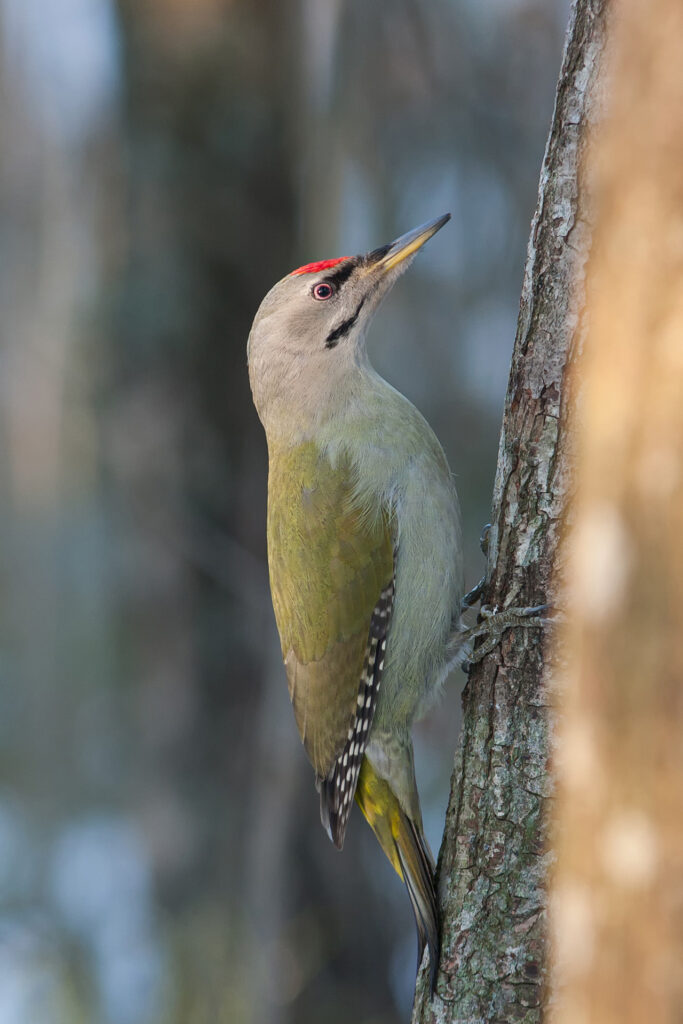
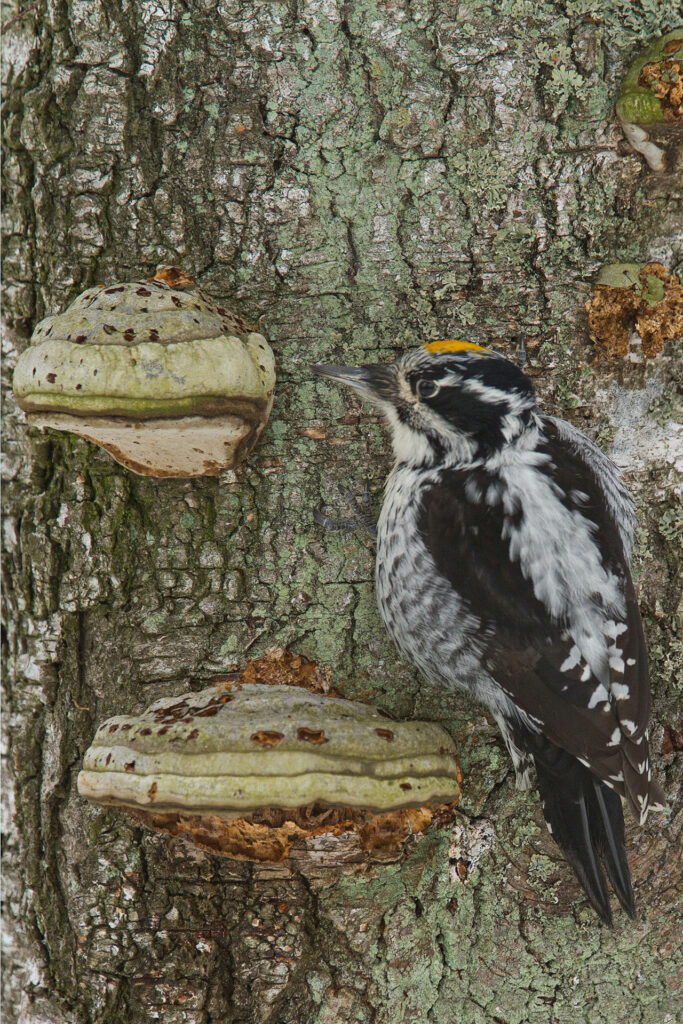
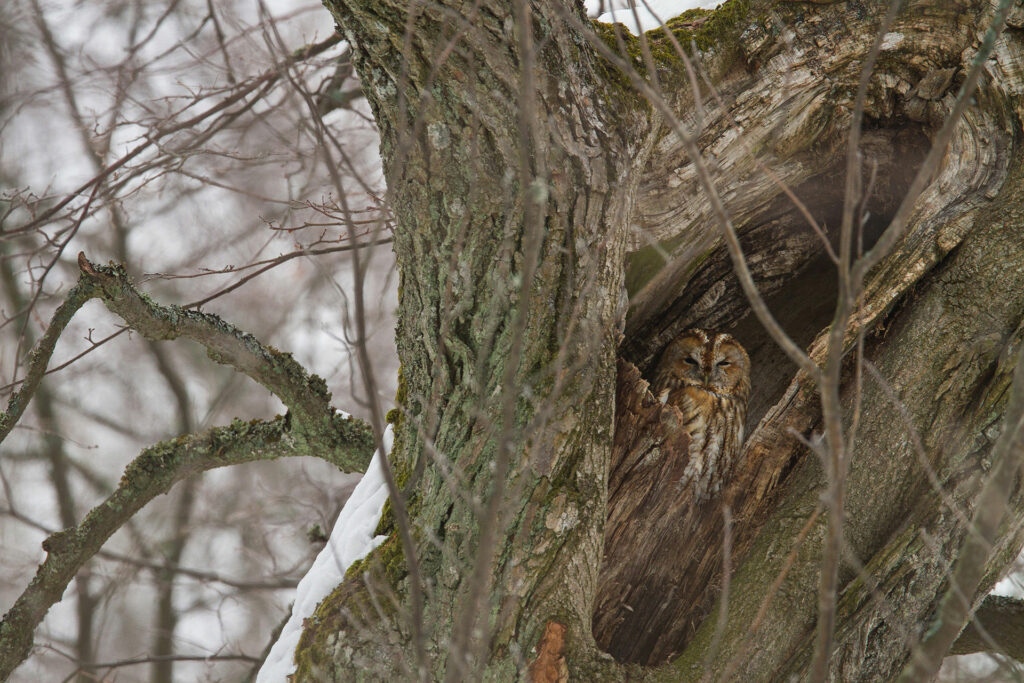
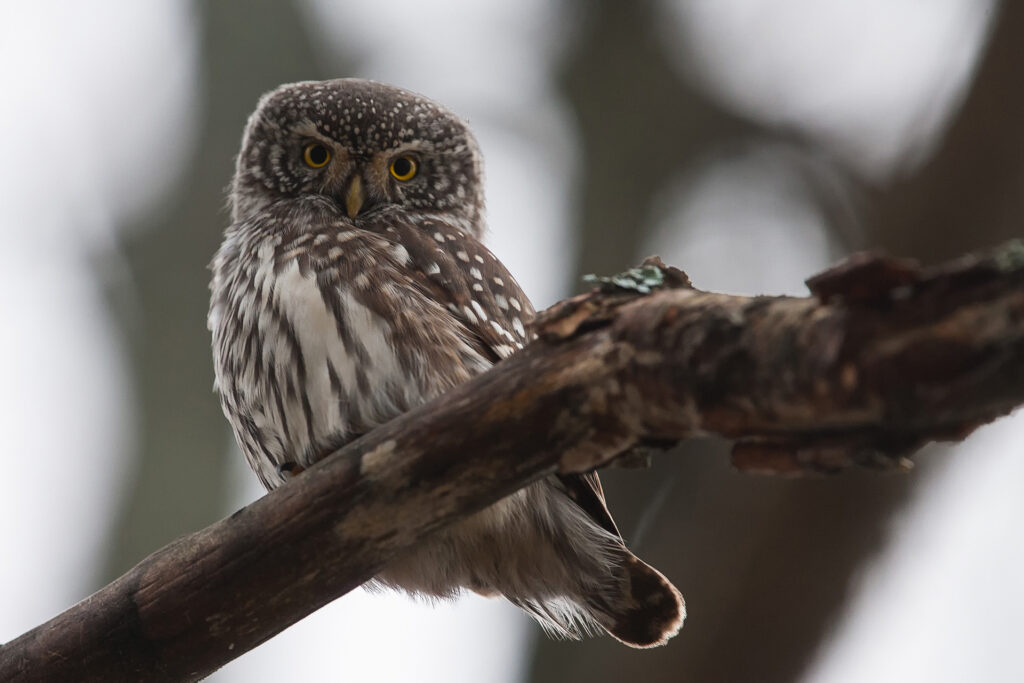
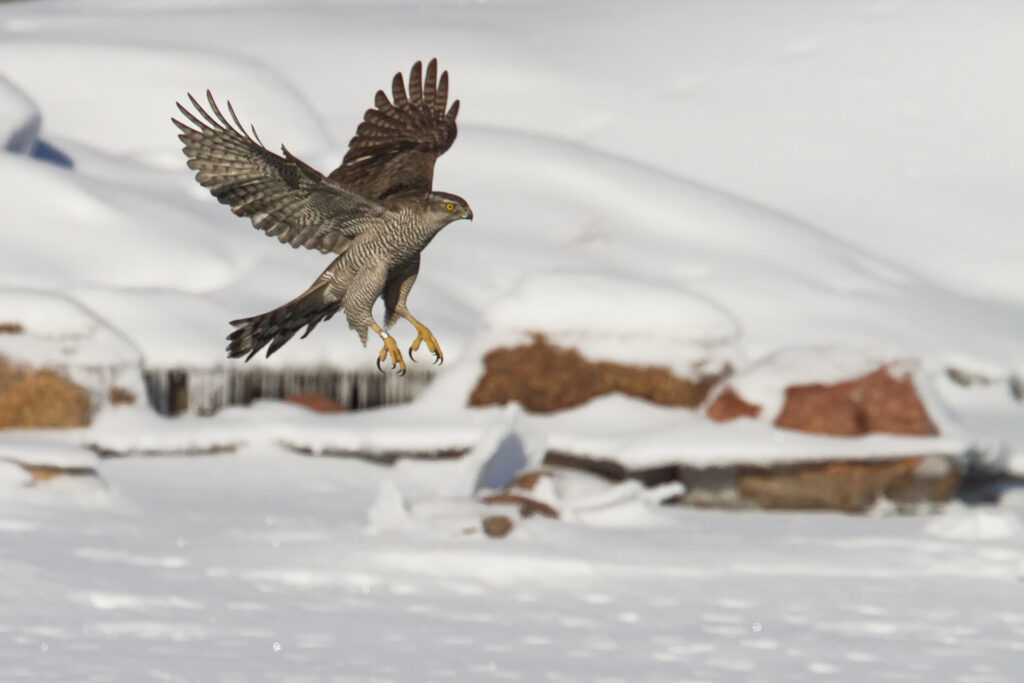
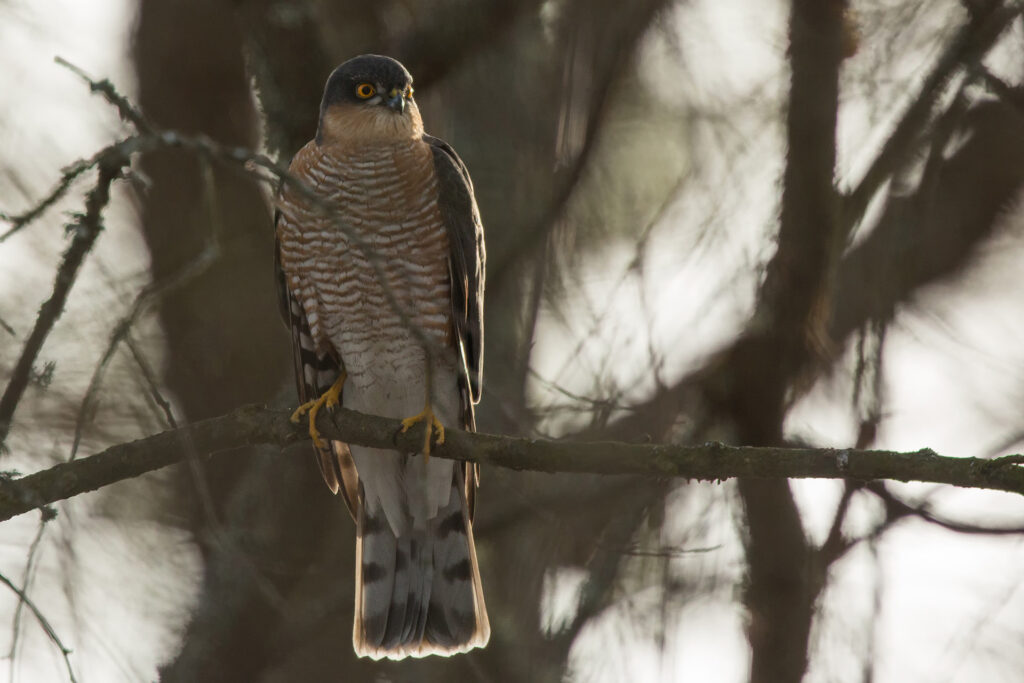
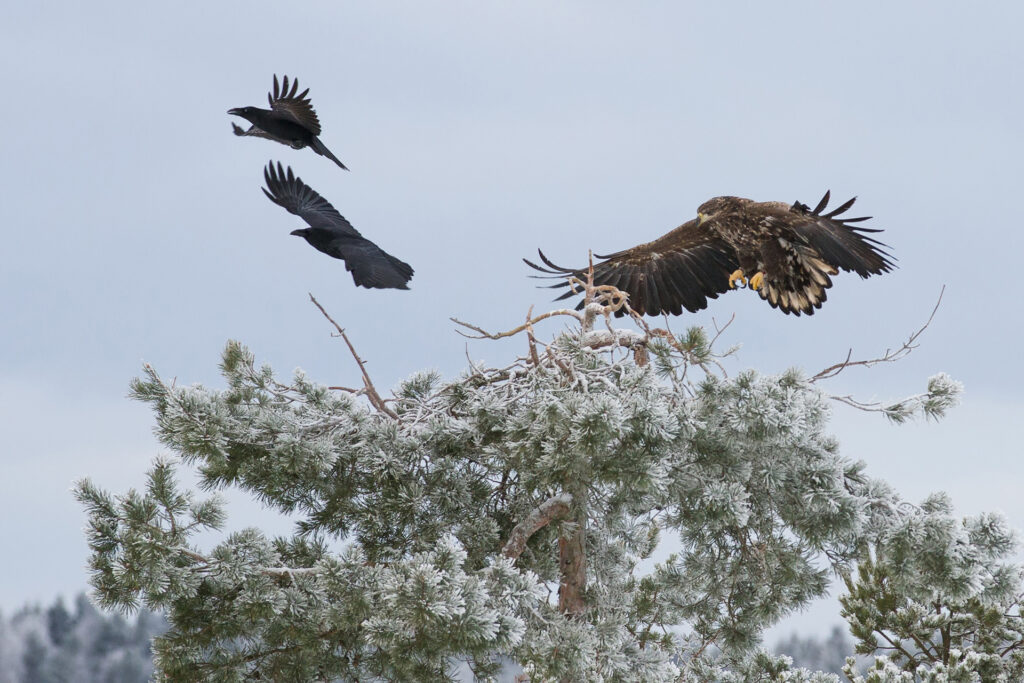
Ruissalo is full of birds in winter
On winter days, the island’s bird feeding spots are surrounded by a flurry of activity, with blue, great and coal tits, greenfinches, European goldfinches, blackbirds and, with any luck, nuthatches, all trying to fill their bellies. In the island’s deciduous forests, you can hear the drumming of woodpeckers and spot tawny owls dozing off in the holes of old English oaks. The most common winter raptors are northern goshawks, sparrowhawks and white-tailed eagles, which can often be seen circling above the island.
Plants that winter with the help of underground, starch-rich rootstocks, bulbs or tubers are called cryptophytes. Their wintering structures, such as the buds that will start growing next spring, are hidden underground. Examples of cryptophytes include least gagea, which forms small bulbs, and solid-tubered corydalis, which winters with the help of a small tuber reminiscent of a radish. Species whose perennial buds are at ground level are called hemicryptophytes. Examples include hepatica and cowslip.
Different plants also have different wintering times. For example, corydalises disappear back into the ground before Midsummer, whereas wood anemones endure until the middle of summer before reverting back to their ground-crawling rootstocks. Lilies of the valley and cowslips do not wilt until autumn, but hepaticas have all of these species beat, as they hold on to their green leaves throughout winter: the new leaves that they grow in the spring do not wilt until the summer of the following year.
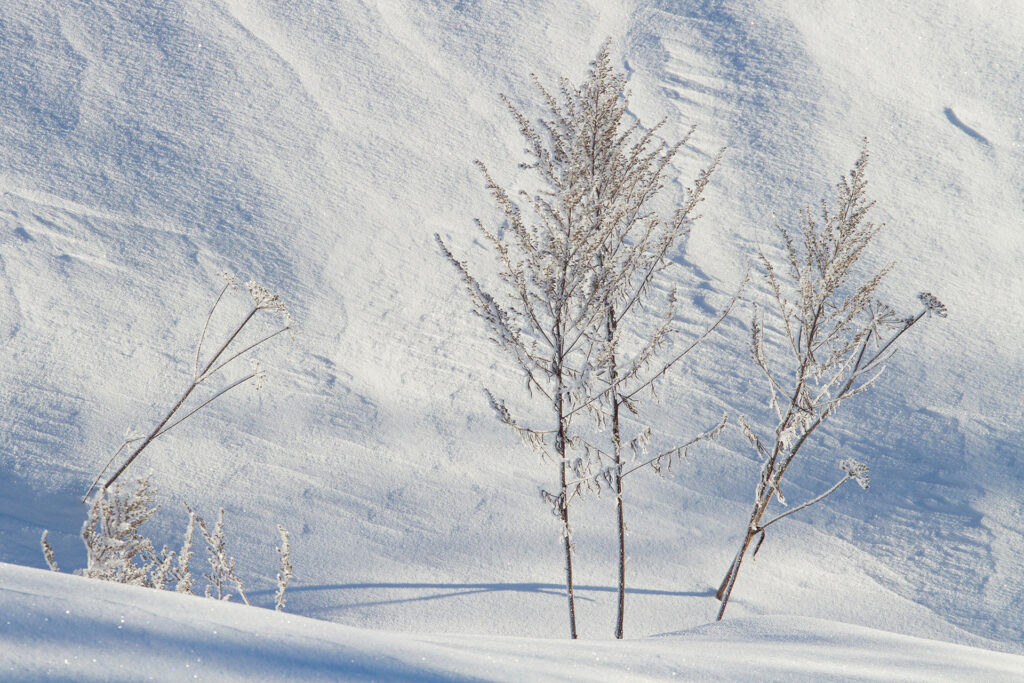
Spring bloomers winter underground, ready for the following spring
Ruissalo is renowned for the annual vernal splendour of flowers that occurs in the spring when wood anemones, hepaticas, lilies of the valley, solid-tubered corydalises and cowslips all burst into flower. While trees and bushes shed their leaves and smaller dwarf shrubs winter under the snow, these smaller herbaceous plants simply wither and die when the autumn cold arrives. They survive the long winter in a dormant state. Annual species spend the winter as seeds, while perennial plants do so as structures that remain underground or just above it. This way spring bloomers can start growing and blooming as soon as spring arrives again.
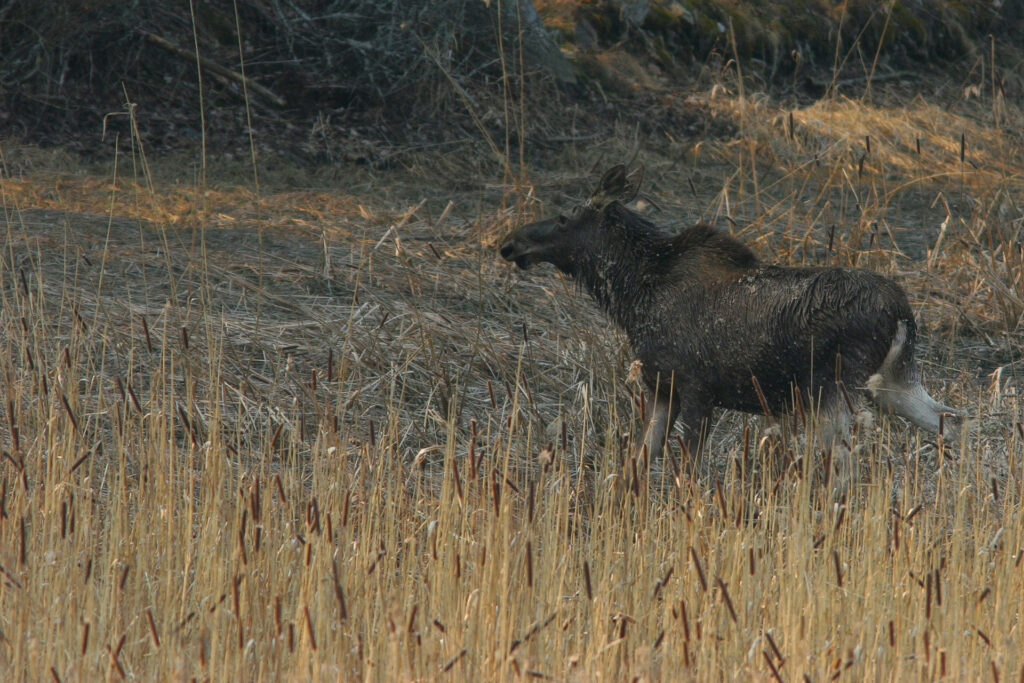
The roe deer is native to Finland, but the white-tailed deer was brought over from America in the 1930s. Since then, this alien species has quickly spread across southern Finland. The largest populations can be found in the regions of Häme, Uusimaa and Southwest Finland; in northern and eastern Finland, the species’ expansion is hindered by the thickness of the winter snow cover. The white-tailed deer’s hoofmarks are notably larger than those of the roe deer, measuring 7–12 cm across.
Ruissalo is estimated to be home to hundreds of roe deer. The reason why the roe deer population has grown this large is the absence of their natural predators on the island, in addition to which deciduous forests mottled by cultivated open areas are their favoured habitats. However, a deer population of this size also poses a threat to the sustainability of the local English oak population and the island’s other valuable plant species, which is why the local deer population is controlled by way of hunting. The numbers of white-tailed deer found on the island are considerably lower. There have also been occasional sightings of elk recorded on Ruissalo.
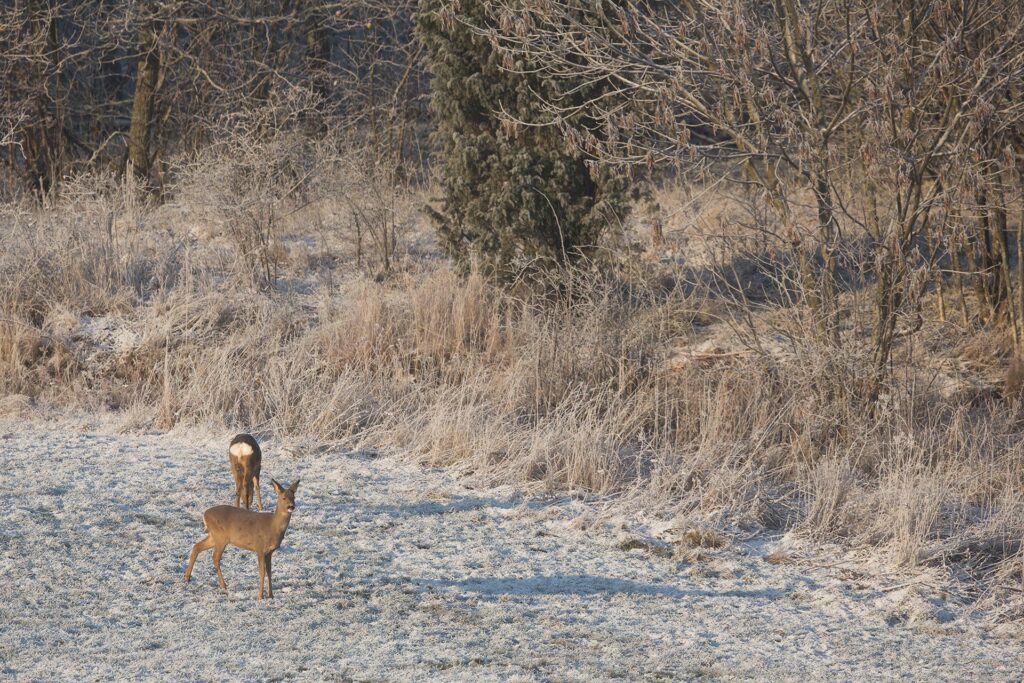
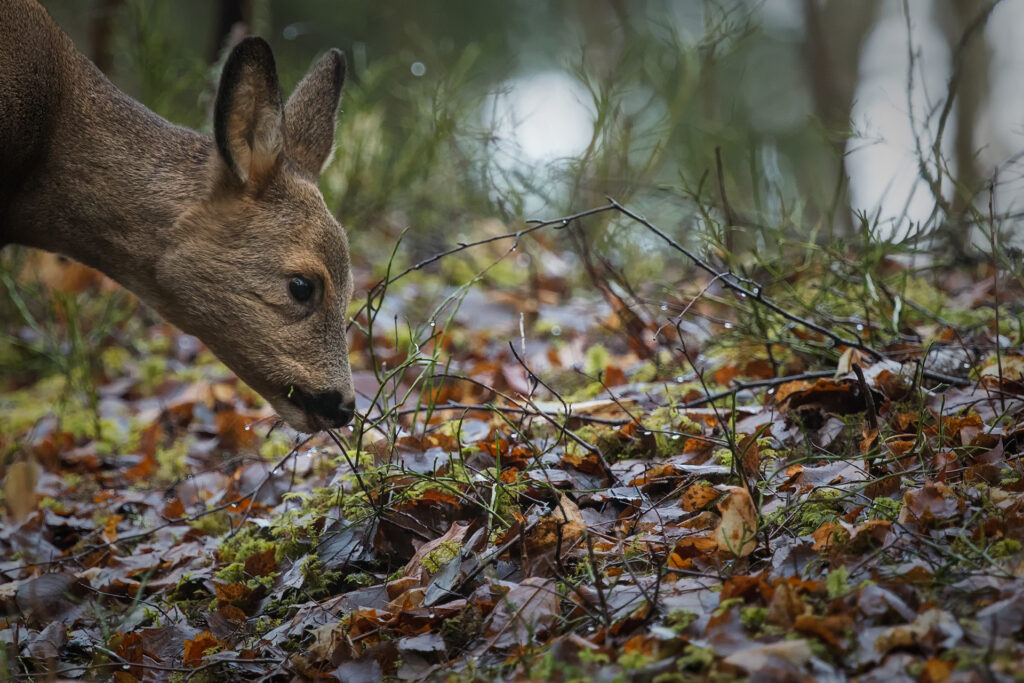
Native and new deer
You can often see roe deer in the fields of Ruissalo, at the edges of the island’s forests and leaping across roads. The roe deer can be identified by its slight build, small size (fully grown adults weigh only 20–30 kg) and white, almost tail-less rump. Their hoofmarks are also small, measuring only five centimetres. The roe deer’s vocalisations are surprisingly hoarse barks.
The critically endangered green broom moss (Dicranum viride), which grows on the trunks of deciduous trees, is found on Ruissalo in the herb-rich forest area surrounding the Spring of Choraeus, on old English oaks and lime trees. It forms dense, bright green mats that typically grow a few centimetres high.
Tree lungwort (Lobaria pulmonaria) is a large, leaf-like lichen that grows on the trunks of deciduous trees. On Ruissalo, the species can usually be found growing on English oak, Norway maple and lime trees. Its grey-green, net-like and branched strips can be up to 10–40 cm long, forming extensive growths. Native to mature, natural forests, tree lungwort has declined across southern Finland, but on Ruissalo it can still be found in the area around the Spring of Choraeus, for example. Tree lungwort is particularly sensitive to air pollution.
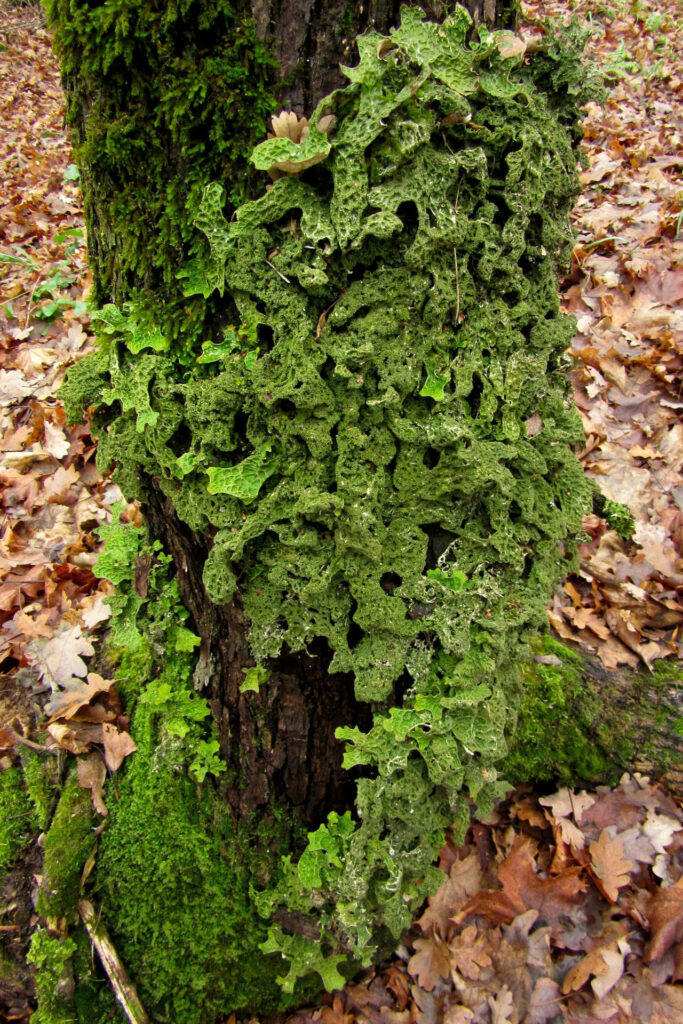
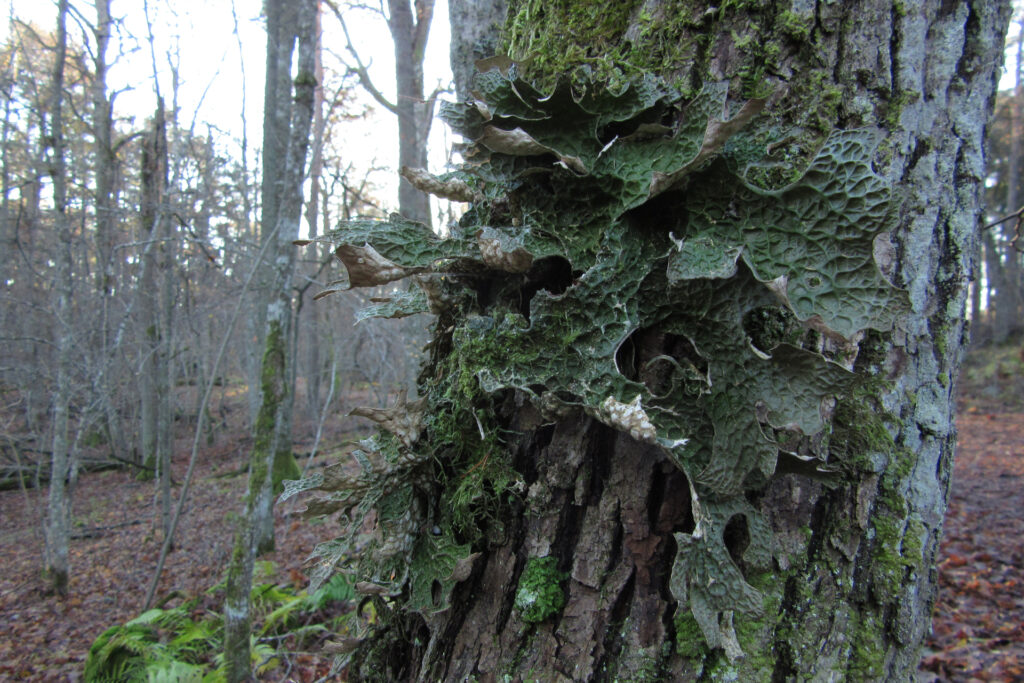
Moss and lichen adorn tree trunks in winter as well
With other vegetation wilting and being covered in snow, the mosses and lichens growing on tree trunks become much easier to notice. This just goes to show that there is plenty to see in the forest in winter as well, as long as you keep your eyes open. While most mosses and lichens may look small and unimpressive compared to flowering vascular plants, they make up for it by being able to withstand extreme conditions that would kill off other plant species. On the other hand, they are also vulnerable to air pollution. Ruissalo serves as a valuable habitat for many endangered moss and lichen species that thrive in herb-rich and deciduous forests.
When hibernating, a bat’s body temperature falls to near zero and its heart rate can slow down to around twenty beats per minute. By comparison, a flying bat’s heart rate can be nearly 900 beats per minute, and even their resting heart rate can be as high as 250–450 beats per minute. During hibernation, their breathing may stop for up to a minute and a half; awake, bats take a breath every six seconds. Bats hibernate on Ruissalo for approximately half a year.
Of the 13 bat species found in Finland, nine have been found on Ruissalo. The northern bat, the Daubenton’s bat, the whiskered bat, the Brandt’s bat and the brown long-eared bat are all common to varying degrees on the island. The Nathusius’s pipistrelle also breeds on Ruissalo nowadays, but the common noctule and common pipistrelle are rare visitors to the island. However, the star of the bats of Ruissalo is the rare and endangered Natterer’s bat, which in Finland is regularly found pretty much only in Turku.
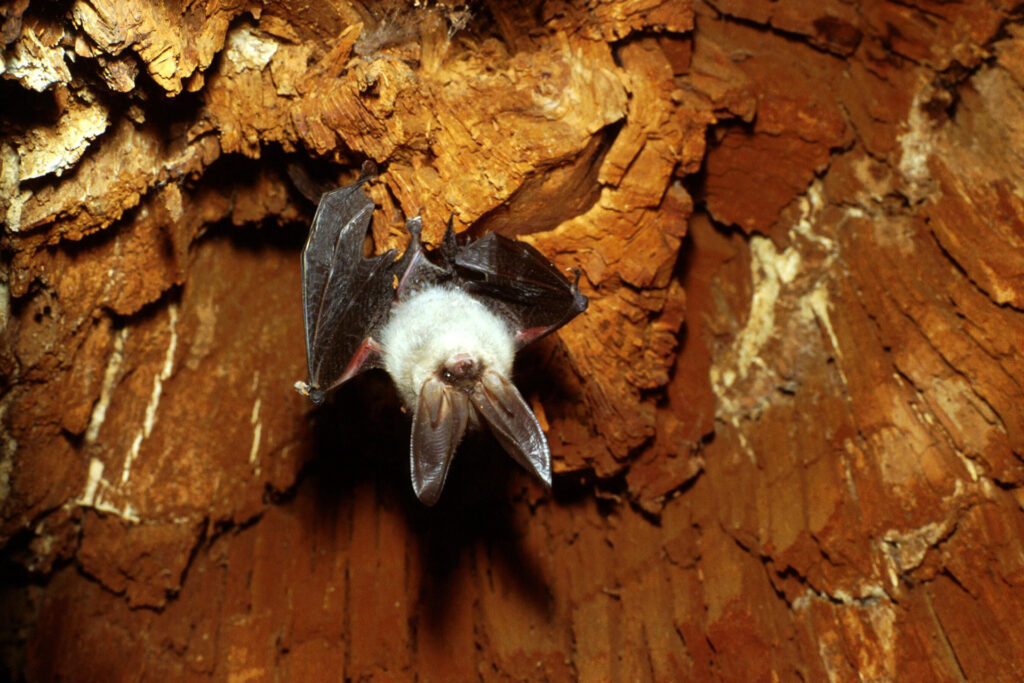
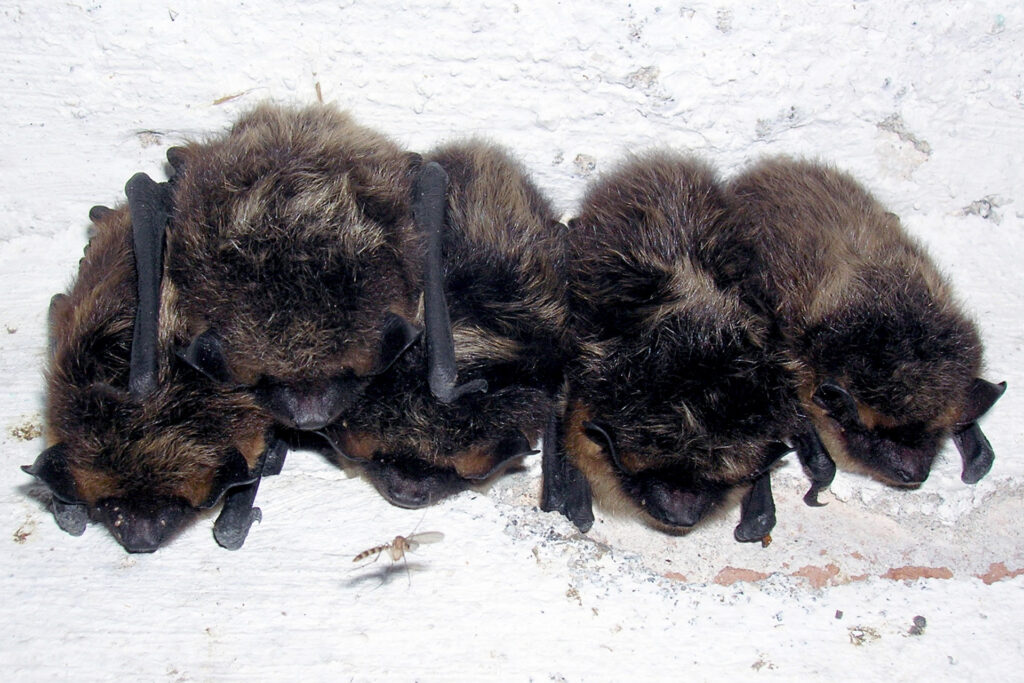
The bats of Ruissalo: Slowing down to survive
Bats survive the winter by going into hibernation to conserve energy. The ideal hibernation spot is sheltered, preferably damp and maintains a temperature just above freezing. Different bat species prefer slightly different sites, which they can find in places like holes in rocks or earth cellars. The bats found on Ruissalo in the summer may also relocate from the island to spend their winter in cave somewhere nearby.
Oak trees overwinter by entering a dormant state
The sturdy English oaks stand silently in the winter snow, with the wind bending their leafless branches. Winter is an unfavourable time of year for broadleaved trees: cold, dark and dry. Luckily trees have adapted to prepare for winter in good time by storing energy for the next growth season, dropping their leaves and dehydrating their cells. This process, also called cold hardening, ends with the trees entering a dormant state, which allows them to survive even extremely cold temperatures. Unlike other broadleaved trees, English oaks have a habit of leaving some or even nearly all of their leaves on for winter, which is why it is not uncommon to see oak trees sporting leaves stained brown by the cold on Ruissalo in winter. Even these individuals, however, have new buds ready and waiting for spring at the ends of their branches, in addition to which there are thousands of winter-resistant acorns on the ground that the oaks dropped back in autumn.


